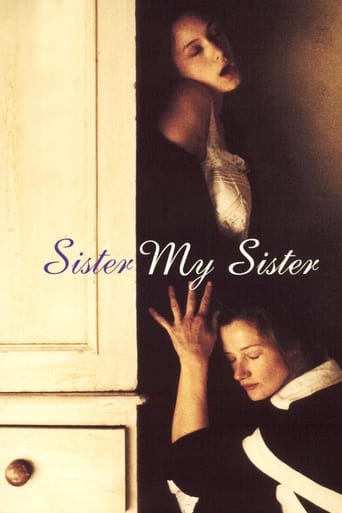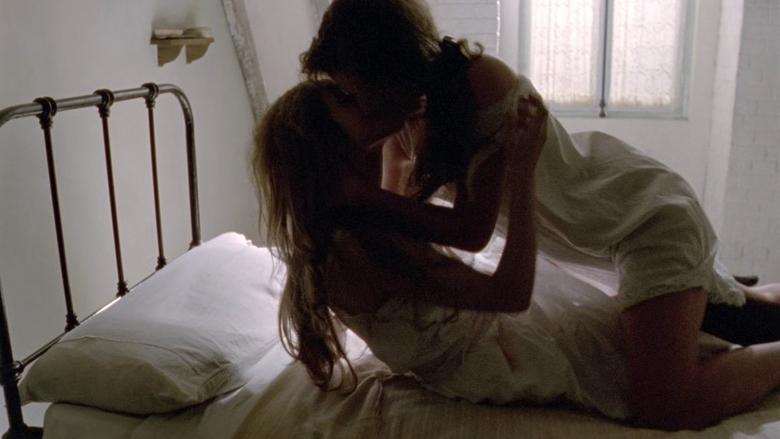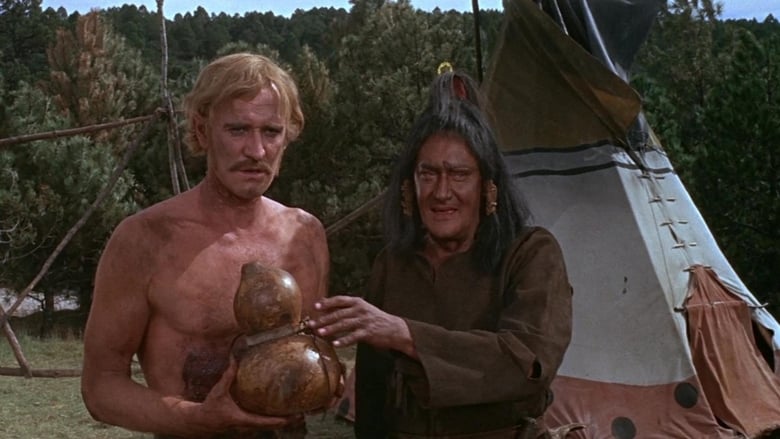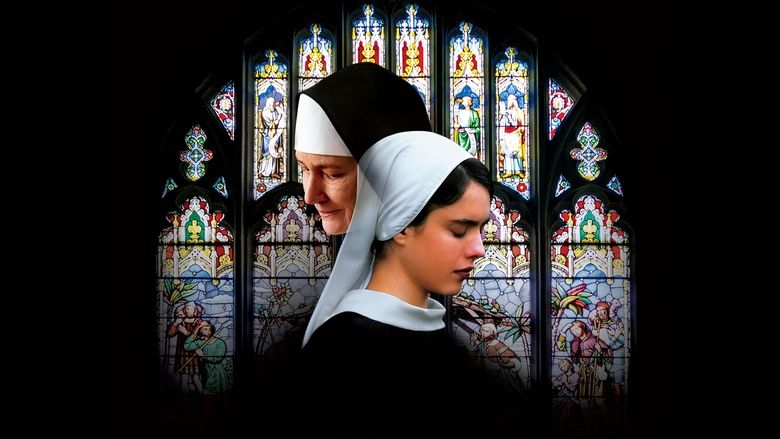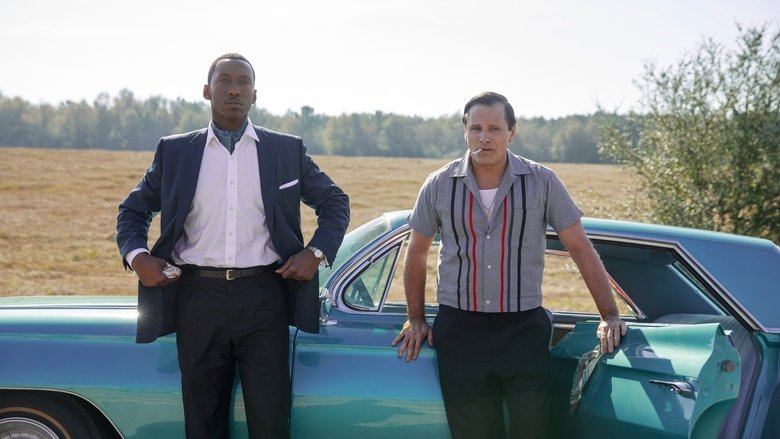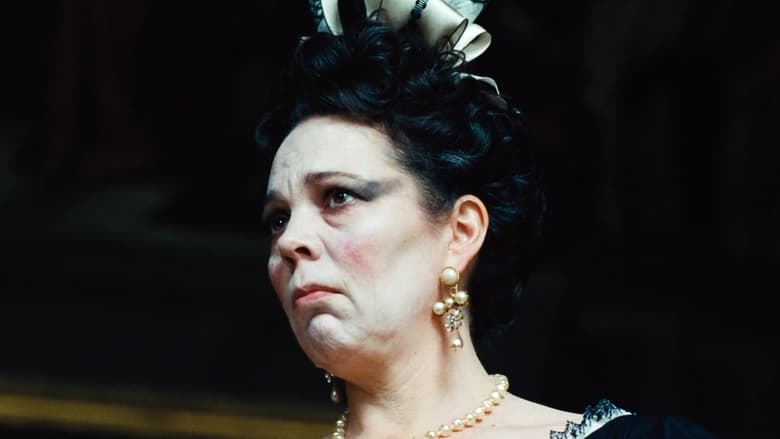A true story of shocking violence catapults a picturesque little town into history. The close sibling relationship between the two maids takes on a new dimension as their overbearing employer discovers a sexual fever between the two sisters.


Similar titles


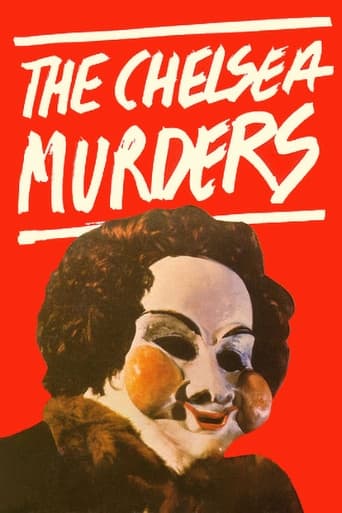


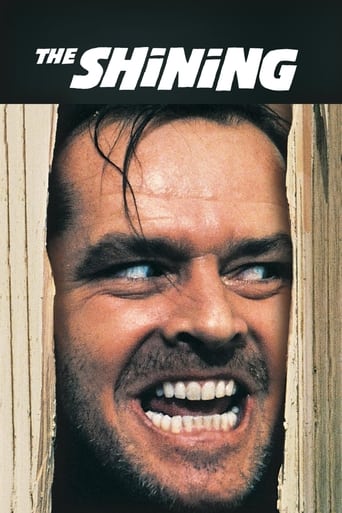

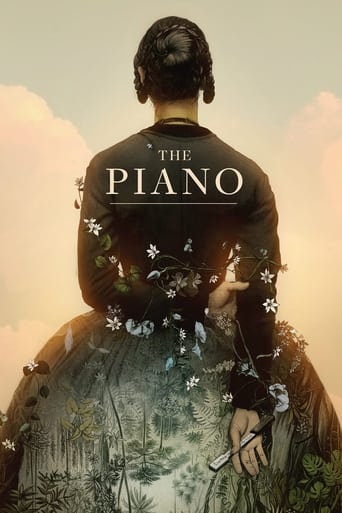


Reviews
American theater and film director Nancy Meckler's feature film debut which was written by American playwright Wendy Kesselman, is based on her play "My Sister In This House" from 1981 and the Papin murder case which took place in Le Mans, France in 1933. It was shot at Pinewood Studios in England and is a United Kingdom production which was produced by English producer Norma Hayman. It tells the story about a 21-year-old woman named Léa Papin who is reunited with her 26-year-old sister Christine after moving out of her mother's home and getting a job as a live-in maid for an aristocratic woman named Madame Danzard. Léa and Christine goes to church every Sunday, works all day long cooking, cleaning and serving their landlord and her daughter Isabelle and sticks together in their spare time, but as time goes by Madame Danzard begins noticing changes in their behavior.Finely and precisely directed by American filmmaker Nancy Meckler, this finely tuned and somewhat fictionalized tale which is narrated mostly from the two main characters viewpoints, draws a rare portrayal of two dutiful sisters who's close attachment escalates when the younger sister starts making intimate approaches towards her elder sister. While notable for it's naturalistic and mostly interior milieu depictions, fine production design by English production designer Caroline Amies, cinematography by English cinematographer Ashley Rowe and costume design by costume designer Lindy Hemming, this dialog-driven and narrative-driven period piece which examines themes like class distinctions, prejudice, social and sexual repression and crime depicts two interrelated studies of character and contains an efficient instrumental score by English composer Stephen Warbeck.This graphic psychological drama and both heartrending and malicious love-story which is based on real events about two subordinate and suppressed women who whilst living under the command of a rigid and pedantic middle-aged woman crosses a consequential line when they initiate an incestuous relationship, is set in France in the early 20th century and is impelled and reinforced by it's cogent narrative structure, substantial character development, enigmatic atmosphere, variegated characters and the wholehearted acting performances by English actresses Joely Richardson, Jodhi May, Julie Walters and Sophie Thursfield. A dense, dramatic and mystic indie from the early 1990s which gained, among other awards, the award for Best New Director Nancy Meckler and Best Actress Joely Richardson and Jodhi May at the 39th Valladolid International Film Festival in 1994.
Most viewers could gloss over this film and say that it's about incest, or lesbian incest. But it's not; it's about class warfare. Or rather, a cold war between the upper and lower class. Neither side wants to commit the first strike. But when it finally happens, it unravels savagely as years of bottled-up frustration erupt at the worst possible time.It's also a parable about the unnatural structure of state society. One that creates predicaments in which people like the Papin sisters could be mentally repressed to the extent that their sexuality is misguided in an unorthodox direction. Christine and Lea's suffering happened because society has become complacent in the way class order is practiced.I enjoyed this narrative because there's no plot, yet the antagonist is clear from the beginning. The harder the oppressor bears down on Christine and Lea, the more introverted their sexual energy became. From an artistic stand point, this was an exercise in subtlety. At no point does the script underestimate the viewer's intelligence. Only available lighting was used- creating an atmosphere of seclusion and privacy while underlining the fact that Christine and Lea's conduct were perfectly natural (given their circumstances). Low color saturation emphasizes the inhibiting nature of man-made social structure.At one point, we cross cut between the madame and Izabelle playing cards with the maids having sex- indicating the distinction between superficial pleasure and organic pleasure. The performances are an example of four actresses who genuinely enjoy acting. It's a shame movies like this are difficult to find and are rarely viewed.
WARNING! CONTAINS SPOILERS!!!First, I must confess that I am a big fan of films about lesbians or films with lesbian themes. Though this film also contained incest, because it was between siblings I was not put off and found the incest element to make the film even more captivating. For me, the selling point of the film is the relationship between the two sisters, Christine and Lea. There are many beautiful scenes which show the closeness of the two sisters, and their affection and love for each other.However, I felt the plot had some points which were not developed fully, otherwise I would have given the film 10/10.I think there should have been more scenes which show the Christine's obsession. During the romantic scenes, it would also have made more sense for the older sister (Christine) to be more aggressive instead of the younger sister. The relationship between the sisters and their employer could also have been explored further. Even though the employer is portrayed as unkind and disdainful towards the sisters, I don't think it was enough to incite murder. The daughter in the family also doesn't have much effect on the plot, so I think she should have been given a bigger role, like maybe bullying Lea a bit or treating both sisters badly. Then the ending would have made more sense.Also at the end of the film, after the murders, I think the sisters should make a run for it. I know the movie is based on the actual event, but because the sisters were not shown to be that crazy throughout the beginning and middle of the film, it would not make sense for them to hide in their room at the end. Despite some shortcomings in plot, I still really enjoyed the film. The scenes of the two sisters are just really touching, and that alone is enough to make me recommend this film.
Film is based on the infamous Papin case which rocked France in 1933. In the town of Le Mans, Monsieur Lancelin, a retired solicitor, lived with his wife and daughter. Seven years earlier, the family had hired two sisters as maids, the elder Christine and younger Lea. Madame Lancelin was strict and would wear white gloves to check for dust and there was surprisingly little personal interaction between the family and maids. One afternoon Monsieur Lancelein came home to pick up his wife and daughter for a dinner engagement and found the door bolted. After awhile police got in through a back window. They found the bodies of Madame Lancelin and her daughter; heads bludgeoned beyond recognition and legs carved like pieces of French bread. Weapons were a pewter jug, hammer and knife. Unique to this case, was the fact that their eyes had been gouged out while they were alive. The maids were found upstairs and confessed. The younger had twice blown out the house fuse and feared reprisal from the mistress of the house. The maids attacked them both when they arrived home; the younger following what the older did. The case became a cause celebre in France as an example of the cultural chasm between employer and servant. The case was also made into a play The Maids by Genet and another film - Murderous Maids. Interesting that all psychiatric testimony about the pair (incest and an extremely dysfunctional background and family) was dismissed by the small town jury but later resulted in such evidence being admitted into French trials.
